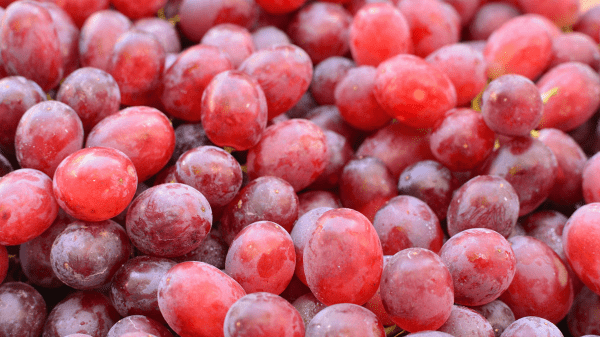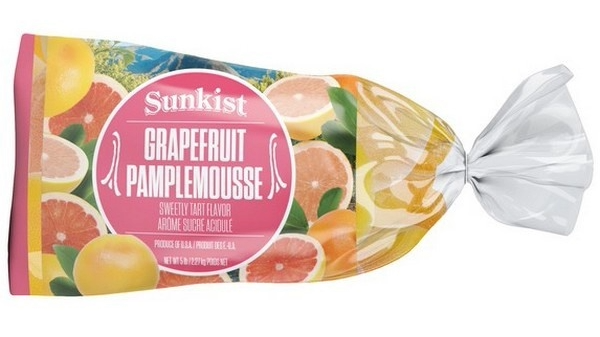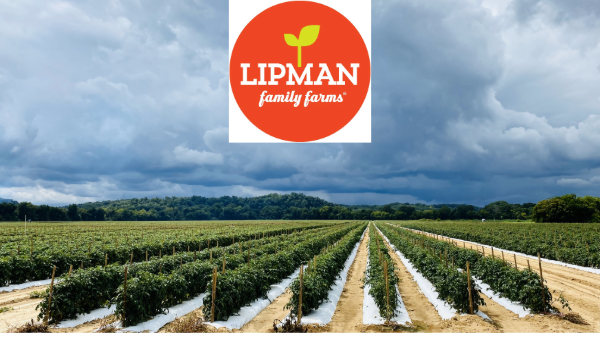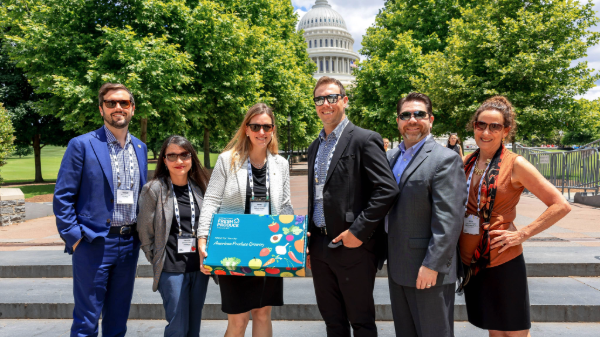Welcome to Blue Book!
Are you ready to join the thousands of companies who rely on Blue Book to drive smarter decisions? View our plans and get started today!
Still have questions? We’d love to show you what Blue Book can do for you. Drop us a line– we’ve been waiting for you.
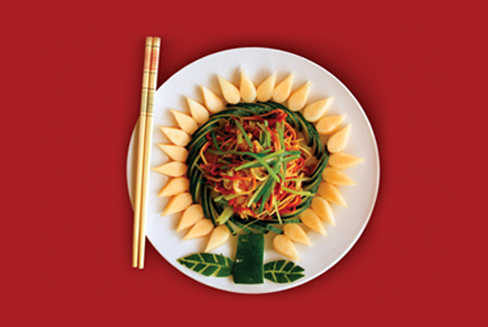
Minoru Musashi, general manager of Los Angeles-based Nagatoshi Produce USA, LLC, is an exporter who knows the patterns of demand intimately. His company, which also operates Nagatoshi Farms in nearby Oxnard, CA specializes in Chinese, Korean, and Japanese produce, particularly daikon and kaiware radish, kabocha squash, yuzu citrus, and shishito peppers. “About a third of our business goes to restaurants, with most of the rest in specialty retail.” Although there has been some fluctuation in Japanese specialty items of late, he laughs and insists, “Chinese vegetables are king!”
Wei confirms this continual rise in interest, particularly for Chinese fruits, vegetables, and cuisine. “It’s really tied to the coming of age of China and how that part of the world is becoming more and more prosperous. Chinese cuisine in particular suffered during the strict Communist regime because of the suppression of culture and traditional ideals. Now that China is opening up, so is the food.”
CONCLUSION
As anyone who has spent time in Vancouver or Victoria can tell you, Asian culture is as much a part of the DNA of British Columbia as the culture of the First Nations. With the Asian population expected to nearly triple, accounting for a third of British Columbia’s total population by 2030, figuring out new ways to meet the demand for fresh fruit and vegetables will be a profitable endeavor for decades to come.
Image: Thinkstock.



